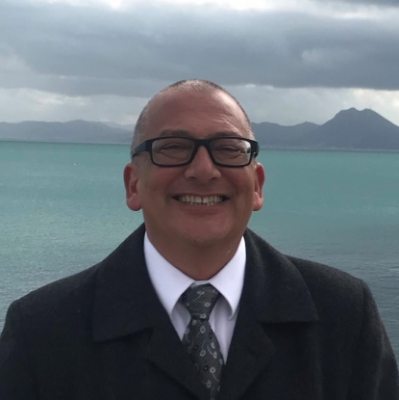Reading Barefoot
Happy winter holidays from the University of North Carolina at Charlotte! Last month, I wrote about literacies of vulnerability and how my fourth grade teacher, Mrs. Dahlstrom, cried when she turned to the final page of Where the Red Fern Grows. Before that, we looked at intergenerational literacies, how “reading with purpose” shapes what and how we read, and the funds of knowledge we tap into to do so.
For this post, I’m writing off another childhood memory. It’s about reading barefoot as a second-grader at Kainalu Elementary School in Kailua, Hawaii. It goes like this:
Early one morning, my best friend and I were off to school. My dad, who was home from work for some reason, called out to us from the front door, “Boys! You forgot your shoes!”
“Dad, we don’t wear shoes to school.”
In the Hawaii of the 1970s, shoes were for Sunday church only. In fact, when I first arrived at the playground wearing a pair, the local kids called me “Pilgrim”—chasing me around the schoolyard until I took them off. I think now that’s because the few images of children in leather shoes that my classmates had access to were cartoons of the 1621 Thanksgiving holiday at Plymouth Plantation. Even today, I can hardly wear shoes—flip-flops maybe. Sneakers if I have to. Shoes hurt.
I share this story because reading can be like wearing shoes or flip-flops or nothing at all. It depends on what we’re used to—and that depends on how we grow up reading.
To channel sociocultural theories of language and literacy education, what we learn or don’t learn in schools is shaped by the sorts of knowledge that a community prioritizes. As I explained in previous posts, for some communities, being able to read the sun, moon, and stars to know when to plant a crop of corn is a high-value literacy practice. In other contexts, the gold-standard of literacy might mean memorizing a sacred or historical text. Here in North Carolina, more parents are sending their young children and teens to summer camps to learn about coding basics and robotics. Literacy has gone digital!
In colleges of education, we tend to break literacy down into a series of discrete steps and strategies—a “science of reading” that, especially in the elementary grades, prioritize data-driven differentiation and assessment. We read to score better on reading tests.
How we teach literacy in today’s U.S. public school was, in large part, normalized by the landmark 2000 National Reading Panel report that broke down reading into a combination of phonemic awareness, phonics, oral fluency, vocabulary development, and comprehension. By focusing on these “five pillars” of literacy, the argument was that students would make dramatic strides in reading achievement. Over time, public school districts have invested enormous budgets behind those very specific conceptualizations of literacy.
At Kainalu Elementary School, we didn’t wear shoes and we didn’t worry much about the five pillars. Mrs. Carroll and Mrs. Soon read to us, and we read, too. We drew, colored, sang, wrote stories, and performed texts. To echo my eight-year-old response to my dad, that’s just how we did it.
So here are some questions to take home as we look forward to 2023:
- What were our earliest experiences as readers? What were the experiences we didn’t have as readers? How have these shaped the way we read and teach reading?
- What makes us feel comfortable when we take up a text? What makes us feel constricted? How do these sensations interact with how we read, what we read, and how often we read?
- What can we do in our classrooms to make reading feel better or, at minimum, less painful? In other words, how can we approach reading barefoot?

